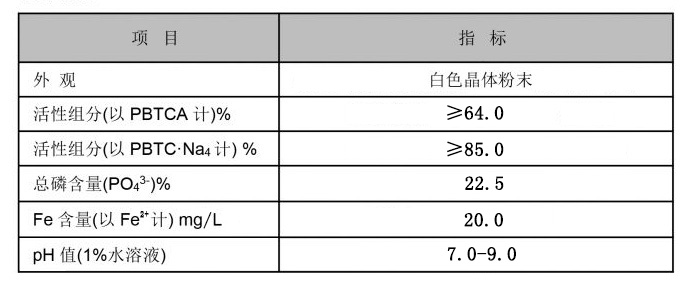Exploring the Applications and Benefits of PAM Polyacrylamide in Various Industries
Understanding PAM Polyacrylamide Properties and Applications
Polyacrylamide, often referred to as PAM, is a polymer that has garnered considerable attention due to its unique properties and wide-ranging applications. With a molecular structure that enables high versatility, PAM has become an essential component in various industrial, environmental, and scientific fields. This article delves into the properties, benefits, and applications of PAM polyacrylamide.
Chemical Structure and Properties
Polyacrylamide is a synthetic polymer formed from the polymerization of acrylamide monomers. Its chemical structure consists of repeating units of acrylamide, which can be modified to yield different forms of polyacrylamide. These modifications can lead to varying degrees of hydrolysis, resulting in cationic, anionic, or non-ionic varieties of PAM.
The unique properties of PAM polyacrylamide arise from its high molecular weight, which can reach up to several million g/mol, depending on the polymerization process and subsequent treatments. This high molecular weight contributes to its excellent ability to increase viscosity in aqueous solutions, making it a desirable candidate in many applications.
Environmental Applications
One of the primary applications of PAM polyacrylamide lies in environmental management. It is widely used in wastewater treatment due to its ability to enhance the flocculation process. PAM can help aggregate fine particles in water, promoting the efficient removal of contaminants and suspended solids. By forming larger flocs, PAM assists in reducing the overall turbidity of wastewater, ensuring that treated water meets safety standards for discharge into natural water bodies.
Additionally, PAM is used in soil erosion control and sediment management in agricultural practices. When applied to soil, PAM helps to improve soil structure, reducing erosion while enhancing water infiltration and retention. This is particularly beneficial in areas prone to erosion caused by rainfall or agricultural activities.
pam polyacrylamide

Industrial Applications
In the industrial sector, PAM polyacrylamide is utilized in various processes, ranging from paper manufacturing to oil recovery. In the paper industry, PAM serves as a retention aid, helping to improve the retention of fibers and fillers, which enhances paper quality while minimizing waste. Its ability to increase viscosity also plays a crucial role in producing high-quality paper products.
In the oil and gas industry, PAM is employed in enhanced oil recovery (EOR) techniques. By injecting PAM solutions into oil reservoirs, the viscosity of the injected fluids can be increased, which assists in displacing oil and boosting extraction efficiency. This application highlights the economic importance of PAM in maintaining and maximizing oil production in mature fields.
Biotechnology and Research Applications
In biotechnology and molecular biology, PAM polyacrylamide has found a significant role in gel electrophoresis. Polyacrylamide gels are widely used to separate proteins and nucleic acids based on their size and charge. The ability to create gels with varying concentrations allows researchers to tailor the separation process according to their specific experimental needs.
Moreover, PAM's biocompatibility and low toxicity make it suitable for various biomedical applications, including drug delivery systems and tissue engineering. Researchers are continually exploring new ways to leverage PAM's properties to develop innovative solutions in healthcare.
Conclusion
In summary, PAM polyacrylamide is a multifaceted polymer with impressive properties that make it invaluable across a multitude of industries. From environmental management to industrial applications and scientific research, the versatility of PAM continues to expand as new technologies and methods emerge. Understanding and harnessing the potential of PAM will be crucial as industries seek sustainable and efficient solutions to meet evolving challenges. As research progresses, there is significant potential for PAM polyacrylamide to play an even more prominent role in addressing contemporary environmental and industrial issues. The continued exploration of its properties and applications will ensure that PAM remains a relevant and vital material for the future.
-
2 Phosphonobutane 1 2 4 Tricarboxylic Acid (PBTCA) – Superior Scale InhibitorNewsSep.01,2025
-
2 Phosphonobutane 1,2,4 Tricarboxylic Acid (PBTCA): Superior Scale & Corrosion InhibitorNewsAug.31,2025
-
Dodecyldimethylbenzylammonium Chloride: High-Purity DisinfectantNewsAug.30,2025
-
2-Phosphonobutane-1,2,4-Tricarboxylic Acid: Scale & CorrosionNewsAug.29,2025
-
Premium Isothiazolinones | Broad-Spectrum Biocidal SolutionsNewsAug.28,2025
-
LK-319 Special Scale And Corrosion Inhibitor For Steel Plants: Advanced Solutions for Industrial Water SystemsNewsAug.22,2025





